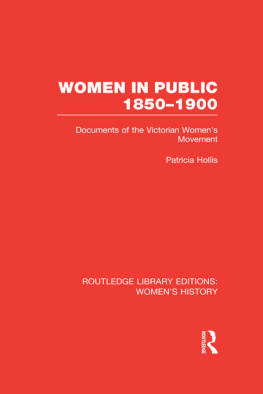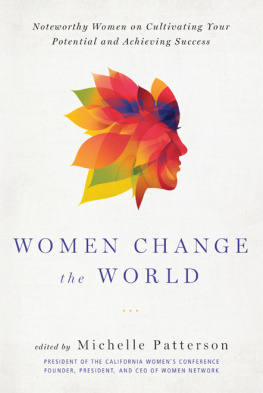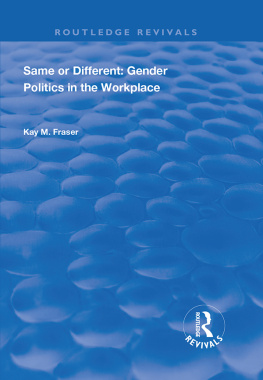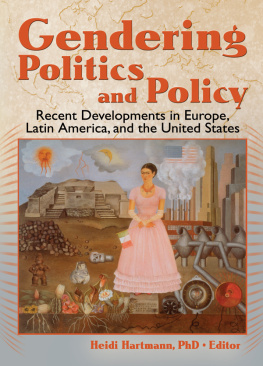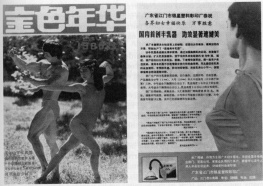The U.N. Decade for Women
About the Book and Author
The documents adopted by the United Nations World Conference on Women during the Decade for Women (1975-1985) set forth a policy agenda for national and local governments, international institutions, and women's groups worldwide. The dialogue among women at the nongovernmental forums held in tandem with these conferences served to identify, refine, and reassess the issues addressed in the official documents. In this volume, Dr. Fraser has condensed the four major documents of the Decade, retaining much of the original language, and describes the context in which agendas for policies, programs, and research were developed. The opening chapters offer a historical perspective on the establishment of International Women's Year, the Decade for Women, and the U.N. Convention on the Elimination of All Forms of Discrimination Against Women. Throughout the book the author analyzes the influence of Third World women on the formulation of the agenda and discusses the interaction between the official and NGO conferences. She concludes by assessing the results in policy and programmatic terms and by exploring their implications for the future.
Arvonne S. Fraser is a senior Fellow at the Hubert H. Humphrey Institute of Public Affairs at the University of Minnesota. She was a former coordinator of the Office of Women in Development at the U.S. Agency for International Development and has been a U.S. delegate to U.N. conferences.
First published 1987 by Westview Press
Published 2019 by Routledge
52 Vanderbilt Avenue, New York, NY 10017
2 Park Square, Milton Park, Abingdon, Oxon OX14 4RN
Routledge is an imprint of the Taylor & Francis Group, an informa business
Copyright 1987 by Taylor & Francis
All rights reserved. No part of this book may be reprinted or reproduced or utilised in any form or by any electronic, mechanical, or other means, now known or hereafter invented, including photocopying and recording, or in any information storage or retrieval system, without permission in writing from the publishers.
Notice:
Product or corporate names may be trademarks or registered trademarks, and are used only for identification and explanation without intent to infringe.
Library of Congress Cataloging-in-Publication Data
Fraser, Arvonne S.
The U.N. Decade for Women.
(Westview special studies on women in contemporary society)
1. International Women's Decade, 1976-1985.
2. Women's rights. 3. Feminism. I. Title. II. Title:
UN decade for women.
HQ1154.F685 1987 305.4'2 86-15802
ISBN 13: 978-0-367-29674-2 (hbk)
The idea for this book goes back at least a dozen years, just after the first historic 1975 International Women's Year conference in Mexico City. Some of the ideas in this book, however, had their genesis at least a century or two ago in the minds of individual women who talked or wrote about the condition of women in the home and in society.
Many of us who attended the 1975 Mexico City conference thought the World Plan of Action adopted by that U.N. conference set out a stirring vision for women and that it should have wider publicity. So, with the help of John D. Rockefeller III and his dedicated assistant, Joan Dunlop, a condensed version of the World Plan was published and circulated under the aegis of the Women's Equity Action League (WEAL). Later, the U.S. Information Agency translated this condensed version into French and Spanish and circulated it to their offices throughout the world. Much of what was in that version circulated in 1976 is in this book.
The Copenhagen Programme of Action, adopted at the mid-decade conference in 1980, received more international attention because the media focused on the politically controversial paragraphs. But the dialogue about women's issues at that conference moved the international women's movement to new heights.
The preparations for the 1985 Nairobi world conference stirred increasing interest and demand for background information on the previous world conferences. To assist in those preparations, a document called "Looking to the Future" was written and published by the Women, Public Policy and Development Project at the Humphrey Institute of Public Affairs, University of Minnesota. Grants from the Carnegie Corporation of New York and from individual women donors allowed us to publish and distribute this document. "Looking" contained a synopsis of both the World Plan and the Programme of Action plus other background information. Some of that material is also in this book.
What was clear by the time of the Nairobi conference was that researchers and academic institutions, governments, the media, women's organizations, and interested individuals all needed information that was hard to obtain. Also, it was clear that a history and evolution of ideas translated into action and into official U.N. publications had to be documented.
This is only a beginning attempt at that documentation. The aim is to stimulate further scholarship. This book is written by an American who participated in all three world women's conferences and preparations for them. The perspective is that of a U.S. citizen active on the local, national, and international level. It is hoped that this book will stimulate others to write from their perspective so that future students and scholars will have a wider view of the dialogue and documents this Decade generated and how these ideas and documents spawned further progress.
The first time I attended a United Nations meeting I was perplexed. I didn't understand the procedures or some of the rhetoric. It was a meeting of the Commission on the Status of Women just before the Mexico City conference. I was an advisor to the U.S. delegation. I had been active in the new U.S. feminist movement but I had a great deal to learn.
I had been travelling internationally, learning something about the burgeoning worldwide feminist movement and some women's history. I believed the United Nations, whatever its limitations, was an important force and forum But I did not know that there was an international cadre of skilled, experienced, and committed women within the U.N. and within the traditional women's organizations with consultative status to the U.N. who had been working for years to improve women's status throughout the world and within the U.N. More needs to be known about these women. One of the hopes for this book is that more research work will be done on their lives and activities before it is too late.
One of the purposes of this book is to explain how new ideas are put into the existing political process, even when one of the goals is to change the process. To do this the different political and parliamentary systems must be taken into account. Thus, another purpose of this book is to explain the different organizations and forums in which the dialogue about new ideas is carried on and through which the documents are written. Even though ideas know no national boundaries, they are translated and expressed through existing institutions and media. The difference today is that there are global institutions, and the United Nations and the mass media are two important global institutions. But this book will show how a small group of people can change public opinion and make a difference in the world.



